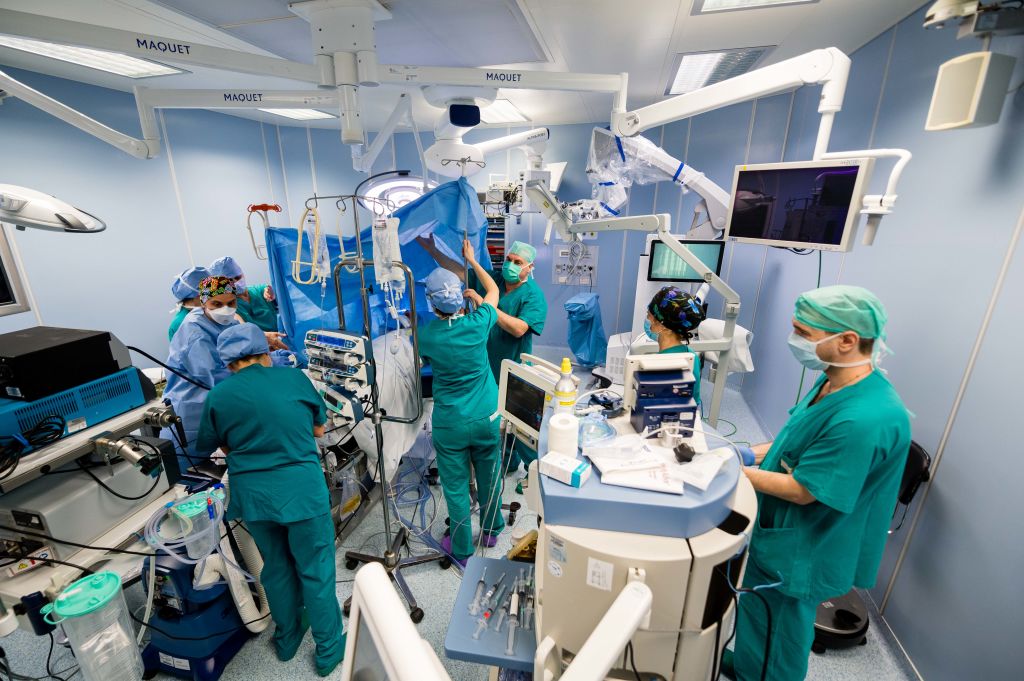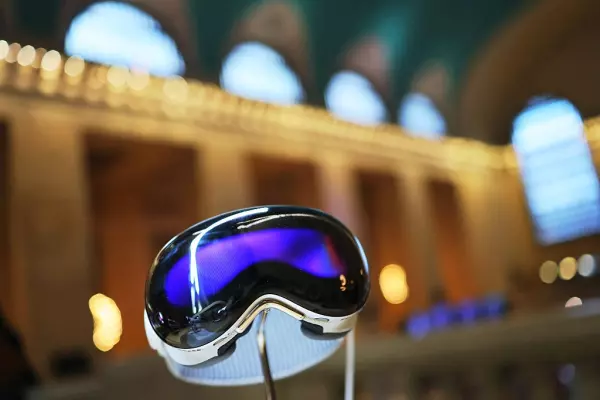By Sarah McBride
During the northern summer, doctors in St Louis, Missouri, shaved away a small part of a person’s skull and replaced it with electrodes. The technology is intended to alleviate the patient’s severe depression by sending tiny electric pulses to the brain.
The startup behind the surgery is Inner Cosmos, one of a growing cadre of tech companies working on implanted devices for the brain.
The trial, the first of its kind using implants in the bone of the skull to treat depression, is a step forward for scientists’ efforts to treat mood disorders with hardware. It’s also a sign of progress for implants that sit within the skull itself.
“Any time you get a technology in a patient is a major milestone,” said Benjamin Rapoport, a New York-based brain surgeon who works with another company in the field.
Focus on moods
Other high-profile brain-related startups are focused on helping people cope with paralysis. Elon Musk says his company Neuralink has enabled monkeys to play video games with their minds. And Synchron recently started its first US human trial, which it hopes will let a person send emails and texts using only thoughts, as earlier Synchron patients have done in Australia.
Unlike these companies, Inner Cosmos for now is focused on moods. It also uses a different type of surgery, allowing the device to be implanted within the bone of the skull. It’s less invasive than the technique planned by Neuralink, which has raised more than US$360 million (NZ$628m), and aims to place electrodes deeper inside the brain.
 Whether implants penetrate brain tissue or not "is a deep divide” when it comes to next-generation neuromodulation operations, says one neurosurgeon working in the field. (Image: Getty)
Whether implants penetrate brain tissue or not "is a deep divide” when it comes to next-generation neuromodulation operations, says one neurosurgeon working in the field. (Image: Getty)The simpler the surgery, the more people are likely to be open to it, said Inner Cosmos chief executive officer Meron Gribetz. That’s helpful for the company’s goal of creating a new mass-market tool for treatment-resistant depression, which affects an estimated 2.8 million adults in the US alone.
“We want to get the largest number of patients help,” Gribetz said.
As the technology around brain implants develops, more companies have pursued methods of embedding a device that don’t require actually piercing the brain itself.
“Whether it penetrates brain tissue or not is a deep divide” when it comes to next-generation neuromodulation surgery, said Rapoport, who is the co-founder of brain-computer interface company Precision Neuroscience. Before Precision Neuroscience, Rapoport was a founding member of Neuralink.
Now, his company is focused on placing electrodes just inside the skull, on top of the brain, via a device thinner than Scotch tape.
Moves around the world
In Los Angeles, a company called Kernel has moved away from deeper brain implants and is now building an electrode-studded helmet that accomplishes similar goals but requires no surgery at all.
And New York-based Synchron, which has raised more than US$60m, avoids brain surgery by sending electrodes to the brain via blood vessels, in a stent.
There are also startups working to embed devices in skulls, similar to Inner Cosmos. A company in Melbourne called Epiminder, among others, creates a small recess in the bone near the brain for its device, which aims to treat epilepsy.
The overall idea isn’t exactly new: implanted electrodes have a years-long track record of treating epilepsy and Parkinson’s.
Surgery went well
What is noteworthy about Inner Cosmos is its ability to capture what scientists call high-resolution local field potentials – localised electrical potentials from the surface of the brain that overcome the randomness of individual neuron recordings – while not penetrating the brain itself.
If it works, the technique could eventually treat a much broader range of cognitive disorders.
Inner Cosmos said surgery went well for its first patient. Once a day for about 15 minutes, the implant will send pulses to the person’s left dorsolateral prefrontal cortex while measuring neuronal activity to gauge and adjust the correct amount of stimulation.
The trial will last for a year, and may add one or two more patients. Neuroscientists have debated which part of the brain to target to achieve the best results in depression treatments.
 Inner Cosmos CEO Meron Gribetz says the simpler the surgery, the more people are likely to be open to it. (Image: Getty)
Inner Cosmos CEO Meron Gribetz says the simpler the surgery, the more people are likely to be open to it. (Image: Getty)The area Inner Cosmos targets is similar to that of another technique, known as transcranial magnetic stimulation, which doesn’t require surgery but takes longer to implement than the Inner Cosmos device.
“We’re iterating and shrinking things all the time,” CEO Gribetz said. The device the patient in St Louis received has more pieces and is bigger than Inner Cosmos’s eventual product will be.
There are trade-offs for brain devices that don’t go deeper into people’s heads.
Using thoughts to type
Stanford University neurosurgeon Jaimie Henderson, a consultant to Neuralink, works with neuron-by-neuron data from deep within the brain; his research successfully enabled a paralysed man to type using his thoughts.
By remaining within or outside of the skull, Henderson said, devices don’t receive the same level of detailed data as they could by using more aggressive techniques that penetrate brain tissue.
“Rather than a fine-grained representation of what is happening at the individual neuron level,” he said, “the information they capture is an average of the electrical activity within a certain brain area.”
Jesse Wheeler, Inner Cosmos’s chief technology officer, said that may actually make the data more useful for the company. He believes the broader sweep of information is less prone to distortions that might come from individual neurons.
Shorter path to market
Most scientists in the field believe that because the brain affects so many health areas, there’s room for a spectrum of surgical strategies.
“Our view is not a winner-take-all approach,” said Michael Mager, the CEO of Precision Neuroscience.
Max Hodak, the former chief operating officer of Neuralink, said companies are trying to do less-invasive things, "because that always makes a product easier to adopt and the path to market shorter. But I think that, long term, the most astonishing products will require an implant.”
Hodak is now running his own optics-based brain-computer startup, Science Inc.
For more articles like this please visit us at bloomberg.com.
© 2022 Bloomberg















